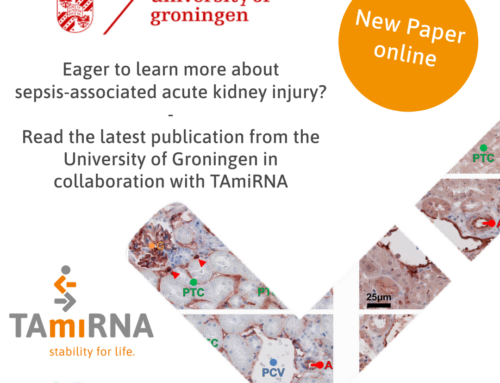UMCG, TAmiRNA, and Vivomicx today announced their collaboration to unmask the molecular signature of sepsis induced multi organ failure and shed light on diagnosis and therapeutic options. Sepsis is the body’s response to infection. Sepsis kills and disables millions of patients worldwide. The role of the microvasculature in all organs has been identified as central, yet understudied in the pathophysiology leading to Multi Organ Failure (MOF) in critically ill patients with sepsis.
This translational project combines cutting edge molecular research at the level of kinome, gene expression, and microRNome in samples of patients who suffered from sepsis and of animal models of this disease. In both human and mouse lungs and kidneys we will enrich the samples for microvasculature using laser microdissection (LMD) and next analyze the status of the cellular signal transduction status (kinome) and microRNA levels in an unbiased -omics approach, with dedicated mRNA levels as reference.
Our new approach will identify, evaluate, and validate molecular targets in, and biomarkers of failing kidneys and lungs in sepsis and provide an microvasculature, organ specific molecular signature of sepsis related organ dysfunction. This project will deliver a blueprint for a novel approach in drug development for use in other complex diseases in which zooming in on cell types in tissues that matter enables the unmasking of the molecular basis of disease.
UMCG is a 1339 bed Academic Medical Center in the Netherlands, providing top level medical care to approx. 3 million inhabitants of the Northern & Eastern Netherlands and Northern Germany. On top of that UMCG provides education to 3,500 medical students & delivers state of the art R&D to the medical community via 1,000 researchers. In research the UMCG is focusing on ‘healthy ageing´.












